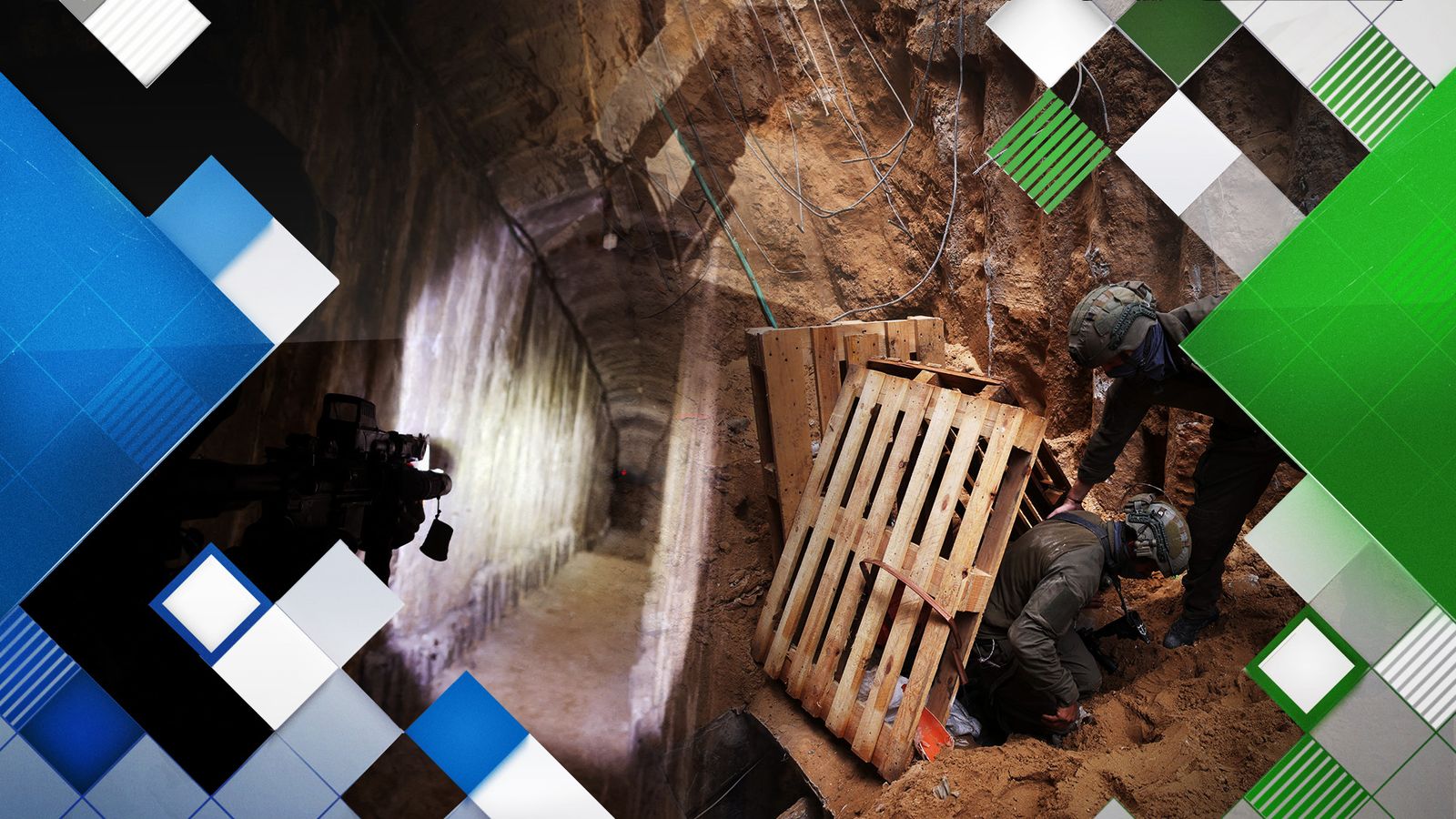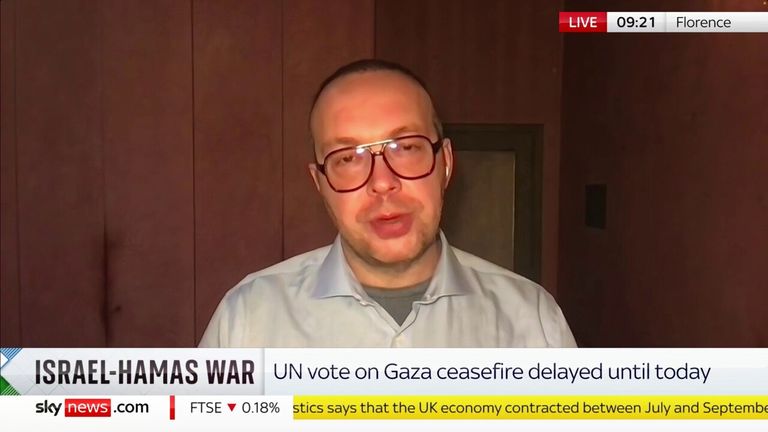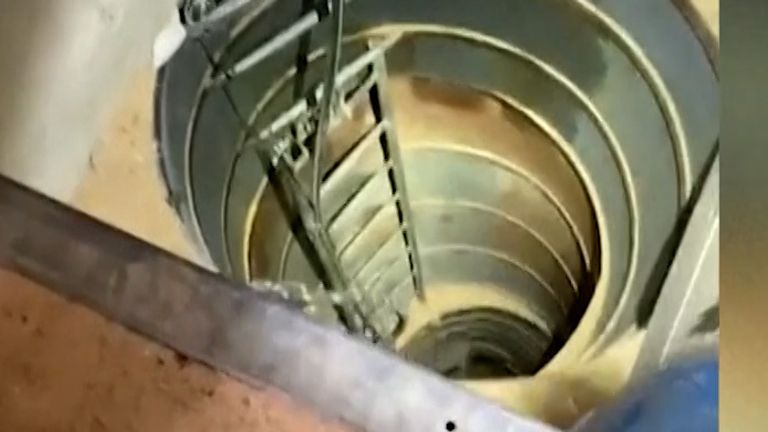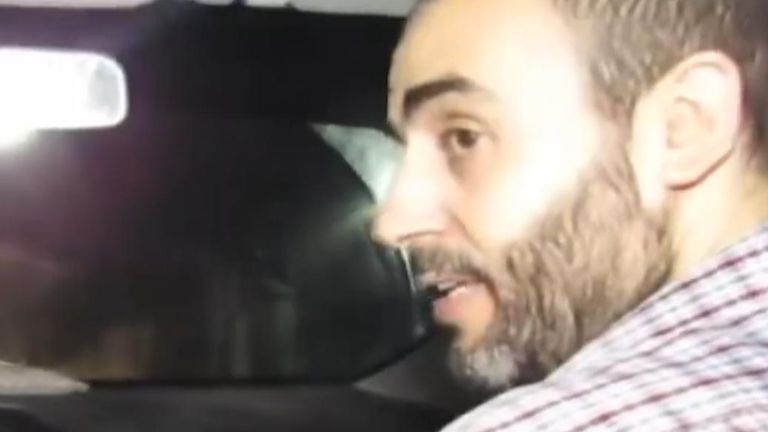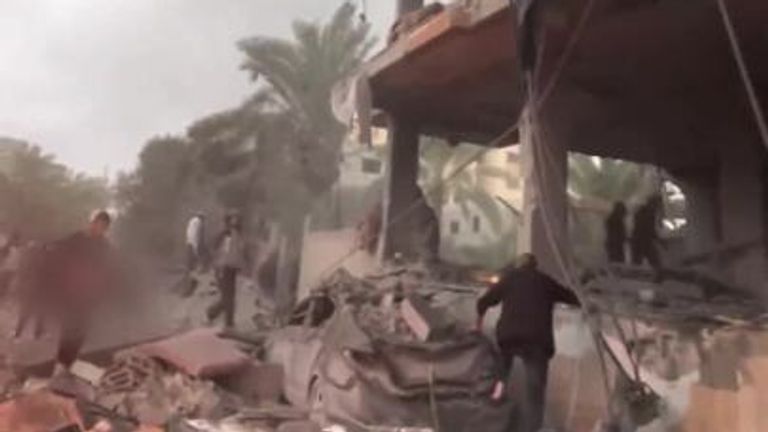On 7 October 2023, Hamas attacked Israel, killing 1,200 people, seizing over 230 hostages, and committing a series of atrocities. The appalling act of violence shocked the world and led to Israel declaring war on the militant group.
Hamas – despite military support from Iran – would have known that it was no match militarily for Israel, yet its vast network of tunnels has provided the fighters with an asymmetric advantage in this war.
Do the tunnels represent a flagrant misuse of financial resources intended to provide aid to Palestinians, or are they a very astute investment by Hamas on behalf of the Palestinian people?
Nothing can justify the atrocities committed by Hamas on that fateful October day; however, this was no “spur of the moment” attack – it was well planned, over several years, with a specific aim in mind.
Over many decades, traditional political dialogue and negotiation to establish a way for Palestinians and Israelis to co-exist peacefully has failed. Meanwhile, Israel has increasingly exploited its military dominance to ramp up pressure on Palestinians living in Gaza and the West Bank.
Palestinian residents of Gaza have seen unemployment soar to 50%, standards of living decline consistently, and in the absence of any tangible political progress to address this cycle of decline, Hamas capitalised.
Hamas offered hope. When conventional politics fails, a fresh approach is required. Israelis and Palestinians are no longer capable of seeing beyond the red mist of conflict, so an enduring peace will only be achieved through external international engagement – specifically the US and Saudi Arabia.
But what would be the catalyst to provoke international engagement in such an intractable issue?
Click to subscribe to the Sky News Daily wherever you get your podcasts
Hamas would have known that its 7 October attacks would incur the wrath of Israel and precipitate a major conflict that it could not win.
But it would also know that US intervention had ended previous conflicts, so by initiating a major conflict Hamas would shine a spotlight on the region and perhaps kick-start progress towards an enduring two-state solution.
Read more:
UN Security Council agrees resolution to speed up Gaza aid
Sky News witnesses chaos of Israeli drone strike – as dead child pulled from rubble
British destroyer to join international task force protecting the Red Sea
However, Hamas also knew that Israel would be determined to destroy the group, so it needed to find a way to survive against a vastly superior military force. The answer lay in the tunnel network.
Experience had shown that a well-designed network with power, comms, security and protection, could provide Hamas with an asymmetric advantage, and they invested accordingly.
In 2014 alone it is estimated that Hamas spent up to $90m (£70m) and poured 600,000 tonnes of concrete on developing the tunnel network. The strategy has succeeded in creating a subterranean stronghold for Hamas.
But the war provoked by Hamas has resulted in huge casualties – over 20,000 Palestinians (including Hamas fighters) killed and over 50,000 injured. Would Palestinians believe this was a price worth paying?
Despite the IDF’s military response to the 7 October attacks, Hamas has increased in popularity from 38 to 42% of Gaza residents. And although Hamas does not control the West Bank, decades of growing Israeli pressure on Palestinians living in the region has led to a surge in popularity for Hamas from 12% to 44%. Why?
The war has led to Israel admitting that it has no intention of pursuing a two-state solution. If Hamas had not acted, would Israel’s undeclared end-state have eventually denied Palestinians their right to self-determination and peaceful co-existence?
In contrast, Hamas’s stated intent to destroy the Israeli state is widely condemned as extremism; however, away from the extremist rhetoric, is Israel’s pursuit of a one-state solution any more palatable?
Hamas’s investment in the tunnel network might have diverted from the aid budget for Gaza, but if its intent was to attract international attention to ensure a more sustainable long-term solution for the region, history might judge that a prudent strategy.
This in no way justifies Hamas’s brutal atrocities on 7 October.
However, if an enduring solution is to be found, the international community must look beyond the polarising acerbic rhetoric and recognise the huge weight of responsibility on its shoulders. If the Palestinian “cry for help” goes unheeded, the cycle of violence looks destined to continue.
Hope must replace despair, with opportunity inspiring a new generation. Failure – or indeed just “doing nothing” – will perpetuate the decades of violence, provide a recruiting ground for extremism, and risk the very future of Palestinians in the region.
This is not about taking sides. It is about placing humanity as the primary focus, and changing the narrative from one of conflict, anger and hatred, to one of compromise, accommodation and hope.
